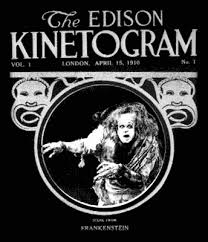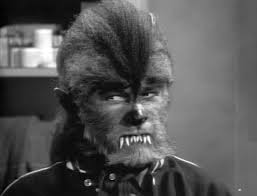Genre
Defining horror:
- 1930’s there was a Horror movie Boom in America
- The ‘Horror film’ itself did not become widespread until later on in the 1930’s
- Dracula and Frankinstine are seen as classic American horror of the 1930’s
With regards to the audience of the Horror film, it is hard to distinguish a true relative audience in relation to the Horror sphere, there are many different types of horror film subcategories, thus defining the word ‘horror’ even harder. The audience have there own idea and opinion on the horror genre, therefore making the definition more of a speculation rather than a definite idea of ‘horror’. Its is difficult to pin down different horror means, because of the socio political context; the society and political attitudes at the time.
The audience and horror:
However, ‘Horror’ itself can be defined as a whole through the stars and genres within the film itself, Why do the audience see mainstream entertainment films? Because of the stars and genres within the horror sphere, therefore, the main definition the encompasses horror is defined by the celebrities and stars involved in the horror film. The word ‘genre’ is what we collectively believe it to be.
A genre is defined by its iconography and the distinctive thematic and structural terms– therefore the conventions of a horror film define the genre ‘horror’
- There is a general agreement that Horror Films present us with fearful and unpleasant events
Audiences understanding of horror is similarly fragmented, pragmatic and short-term, audiences understand horror through their own experience, and they understand what horror is which specifically relevant to them, horror is therefore inevitably different for everyone.
History and horror:
For example, originally, the Dracula film was marketed as a weird thriller but the audience accept it as a horror film since the 1950’s. The audience changed the genre as the majority experienced it as scary watching the film. The ‘horror’ genre changes over-time in relation to the changes within society. Different opinions are made on what a horror film is, obviously the term ‘horror’ would have changed from the 1930’s until the 1970’s, the context in which you find horror changes massively, historical changes will occur as time goes on.
Dracula as a thriller (1931)
Dracula as a horror – film (1958)

Other historical horror films:
- Frankinstien – 1910 – Frankenstein is a 1910 film made by Edison Studios. It was written and directed by J. Searle Dawley. This 16-minute short film was the first motion picture adaptation of Mary Shelley’s Frankenstein.

- The werewolf – 1913 – The Werewolf is a silent film short that is considered the first werewolf and Universal horror film. It was directed by Henry MacRae, produced by Bison Film Company, and released by Universal Studios.

- Life without a soul – 1916

The presence of such films in the pre-1930’s period showed that when horror cinema did emerge, it did not come from thin air, so to speak, but instead often drew upon and reworked elements already present within cinema.
Many critics have also seen gothic literature as providing another important source for the horror film.
Here is a scanned image of how horror has developed overtime:
Horror movies also change and reflect in relation to the present day social cultural issues, here is a word-document that i’ve highlighted the relevant quotes and issues showing examples of how Horror films reflect the present day socio-cultural issues within society…







